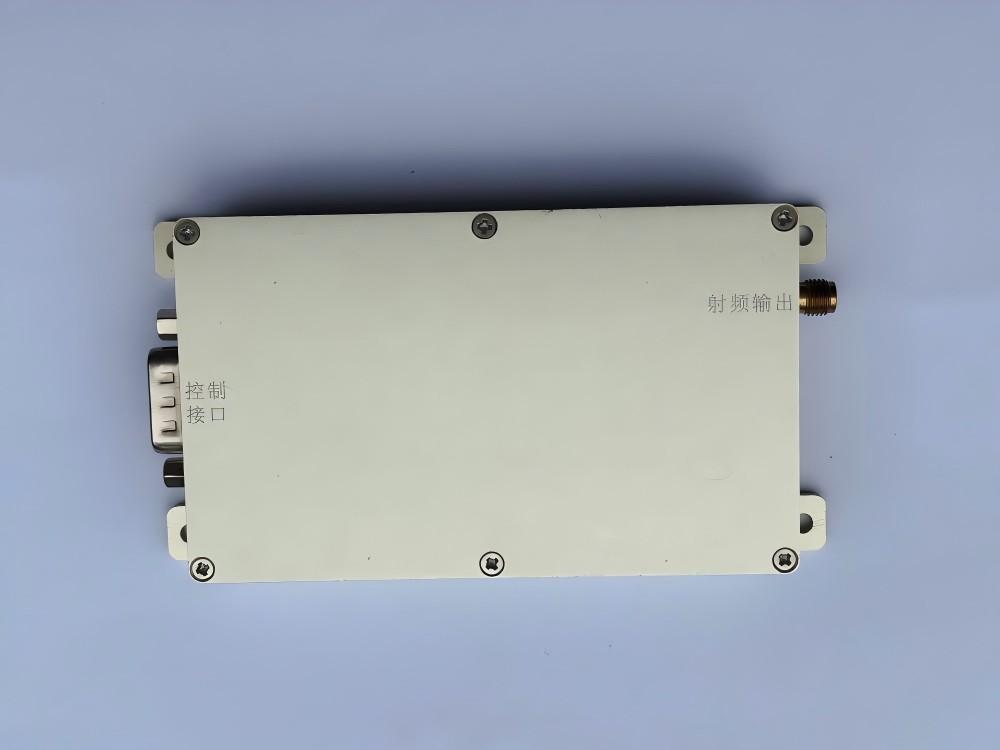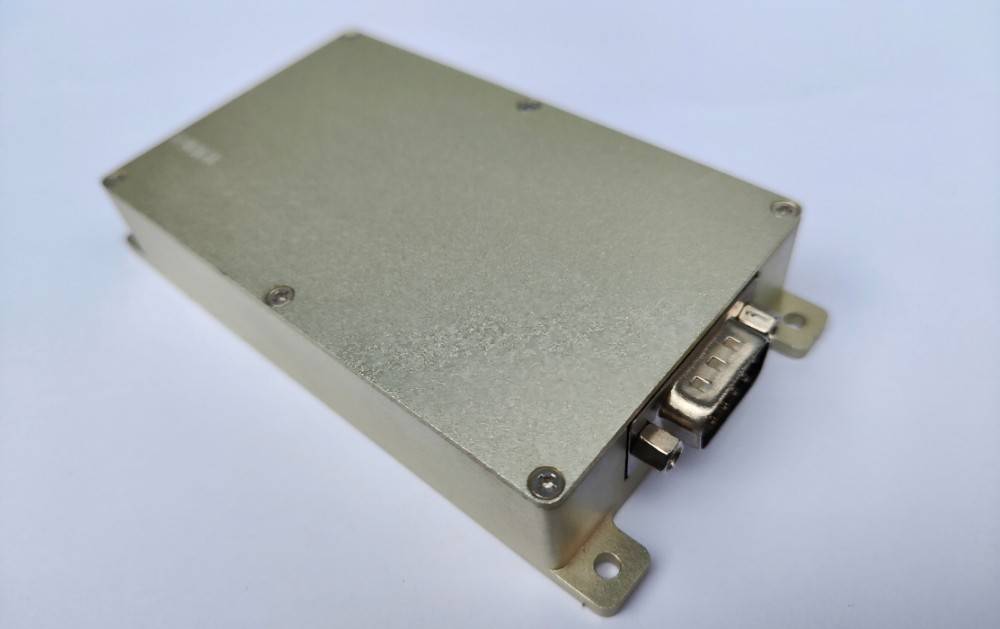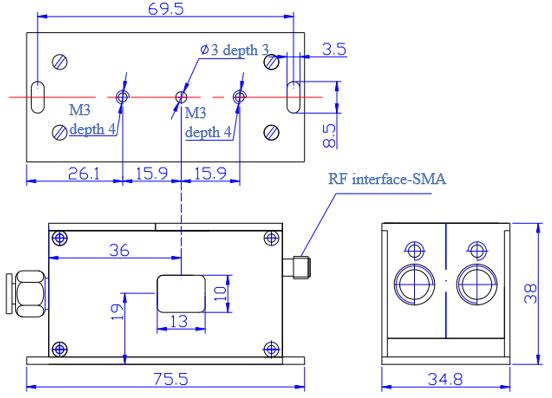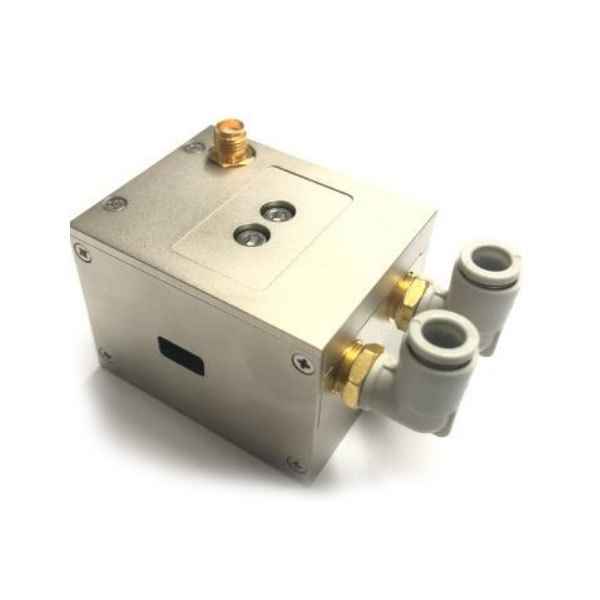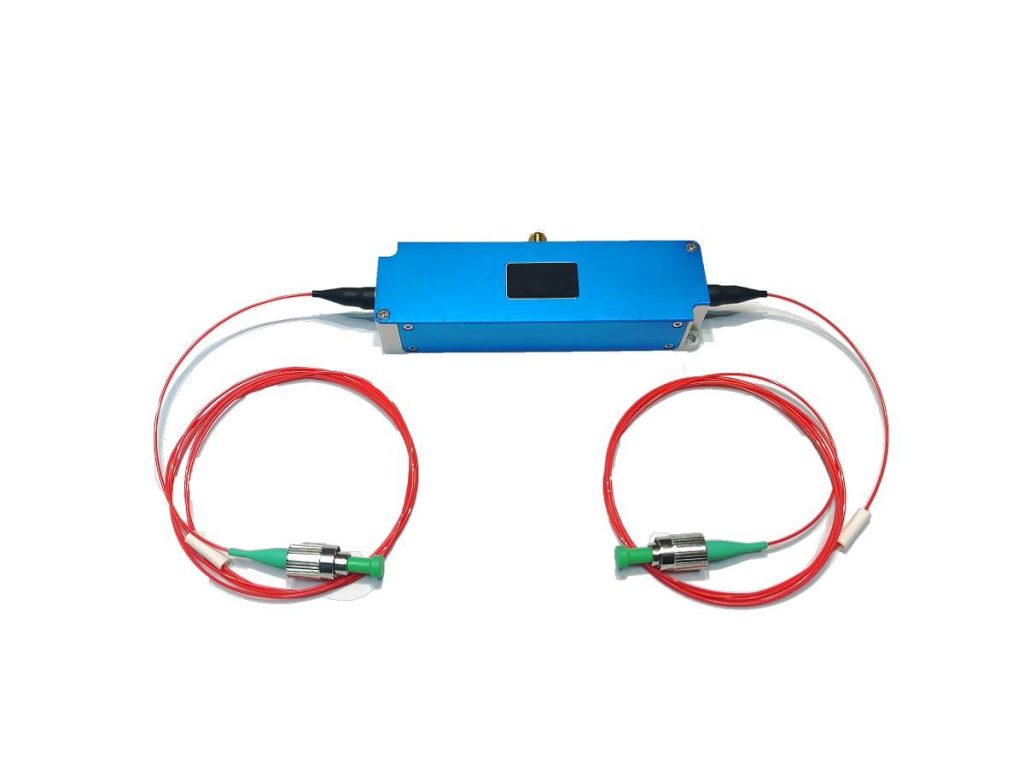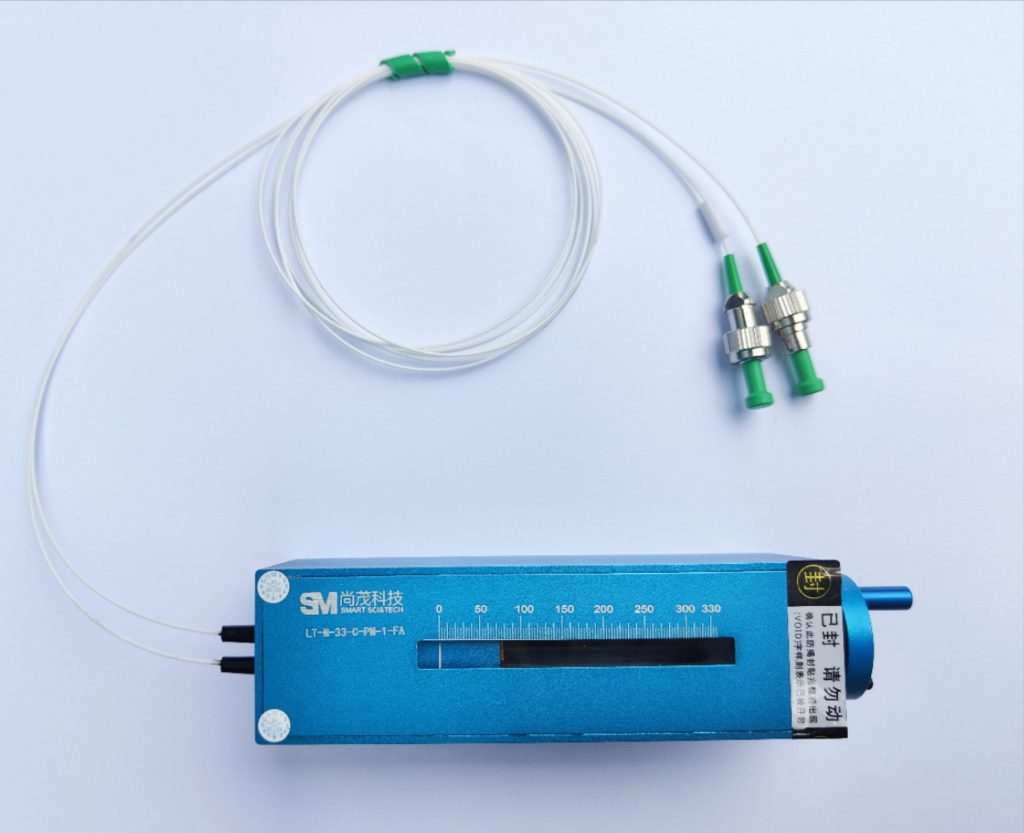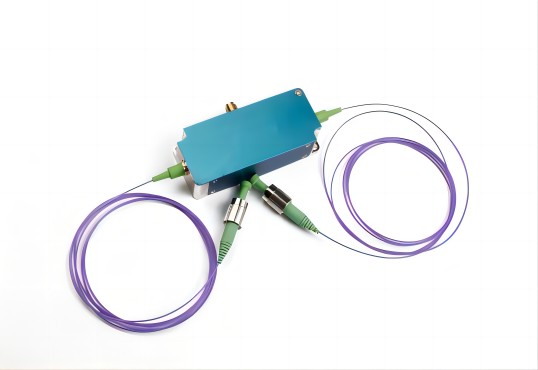How Acousto-Optic Switches Work: Principles and Applications
Acousto-optic switches are an essential component of modern laser systems, enabling precise control of light beams through the utilization of sound waves. Acousto-optic switches, for example, the acousto-optic Q-switch, play an important role in numerous high-technology applications, including laser machining and medical imaging.
In this article, we will discuss the principles of acousto-optic switches, how they work, their main components, and their most important applications.
What is an Acousto-Optic Switch?
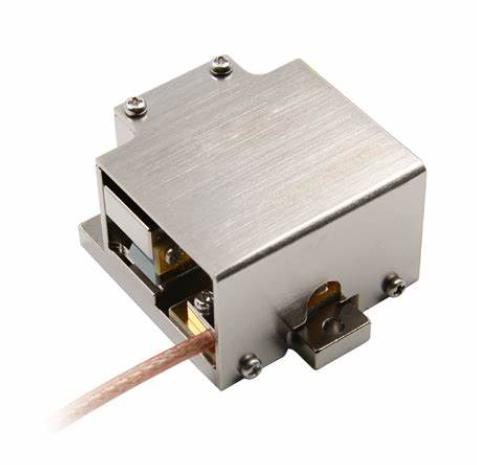
An acousto-optic switch is a high-speed optical device used to manipulate light using sound waves. It works based on the acousto-optic effect, where an acoustic wave traveling through a crystal creates periodic variations in refractive index, modulating the medium and diffracting or redirecting light depending on the acoustic wave properties.
These switches are essential components in optical systems requiring fast and accurate signal routing, such as fiber optic communications, laser scanning, or imaging systems. By applying an electrical radio-frequency (RF) signal to a transducer attached to the crystal, users can dynamically control how and where light travels, making acousto-optic switches both responsive and versatile.
What is an Acousto-Optic Q-Switch?
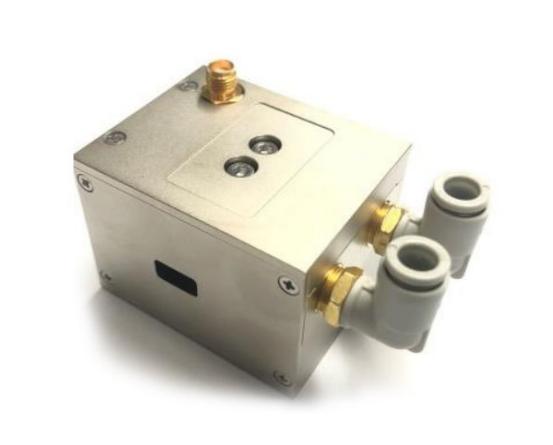
An acousto-optic Q-switch is a specialized type of acousto-optic switch used primarily in pulsed laser systems. It temporarily blocks the laser beam within the laser cavity by diffracting it away from the optical path. When the Q-switch is turned off, the stored energy is released in a brief, powerful laser pulse.
This switching technique allows for the generation of high-peak-power laser pulses, which are critical in applications like laser cutting, marking, medical procedures, and lidar systems. Acousto-optic Q-switches offer precise timing and reliability, making them a preferred choice in advanced laser technologies.
How Does an Acousto-Optic Switch Work?
At the core of an acoustooptic switch is the acousto-optic effect. When an acoustic wave with high frequency propagates through a transparent crystal, it causes a periodic change in the density and refractive index within the crystal. Let’s see how this all works together:
1.Acoustic Wave Generation
The RF driver (radio-frequency generator) operates an electric transducer that is bonded to the surface of the crystal. When it is powered up, the transducer transforms the RF signal into an audio wave that moves across the crystal at ultrasonic speed.
2.Formation of a Diffraction Grating
When the acoustic waves move in a direction, they form areas of compression that alternate with rarefaction. These regions function as an active diffraction grating. Their spacing between them is precisely determined by the frequency of RF.
3.Light-Sound Interaction
A laser beam that is collimated and enters the crystal will encounter the “grating.” Depending on the power of the RF and frequency, part of the light gets diffracted through the zeroth-order (straight-through) route into one or more diffracted orders that are angled.
Switching Action
- ON state: When the RF signal is on, the grating is present—light is diffracted into the desired output port, effectively routing the beam.
- OFF state: When the RF signal is off, the grating disappears—light passes straight through with minimal diffraction, sending it to a different port or allowing it to continue undeviated.
4.Speed and Extinction
Due to their microsecond response times, acousto-optic switches can modulate beams at very high speeds (tens of nanoseconds to microseconds). Their extinction ratios often surpass 30dB for seamless on/off switching with minimal leakage.
Acousto-optic switches combine rapid response with precise control via radio-frequency (RF) control for precise pulse carving in laser and fiber-optic systems. Their combination of quick response, precise control via RF frequency control, and high extinction makes them the perfect solution for routing, modulation, and pulse carving applications.
Key Components of an Acousto-Optic Switch
An acousto-optic switch is a sophisticated device made up of several critical components that work together to manipulate light using sound waves. Each part plays a specific role in ensuring the switch performs with high precision and speed. Below are the key components that make up a typical acousto-optic switch:
1. Acousto-Optic Medium (Crystal)
The core of the acousto-optic switch is the crystal through which the optical signal passes. Common materials include tellurium dioxide (TeO₂), quartz, and lithium niobate, chosen for their strong acousto-optic interaction and high optical transparency. When subjected to an acoustic wave, the refractive index of the crystal changes periodically, enabling diffraction or modulation of the light beam.
2. Piezoelectric Transducer
In the acousto-optic crystal, the piezoelectric transducer transforms electrical RF signals into mechanical vibrations that are acoustic waves. These move through the crystal. This is the part that creates the conditions required for the acoustooptic effect to take place.
3. RF Driver (Radio Frequency Driver)
The RF driver provides its alternating-current signal, which drives the transducer. It controls the frequency and amplitude of the Acoustic wave, directly affecting the diffraction angle as well as the efficiency in the process of the optical switch. A precise control of RF input allows for fast and precise signal modulation.
4. Optical Input and Output Ports
These are the points of entry and exit for optical signals. The layout and the alignment of these ports are essential to maintain the quality of the beam as well as ensuring that there is no optical loss in the process of switching.
5. Control Electronics
Advanced control electronics handle timing, synchronization, as well as system integration. In more complex systems, this could include microprocessors and digital controllers that control the switches’ response in response to external triggers, or programs.
Together, these components enable an acoustooptic switch to carry out quick efficient, reliable, and easily adjustable switching actions in various optical systems.
Applications of Acousto-Optic Switches
Acousto-optic switches are essential to many high-tech fields because of their capability to quickly and precisely control light. Here are four of the most crucial areas in which these devices are frequently employed:
Laser Pulse Control and Q-Switching
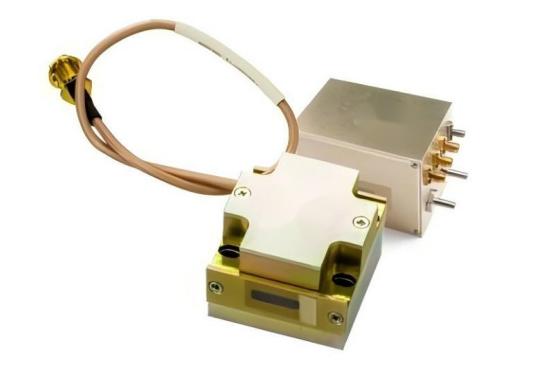
One of the biggest applications of acousto-optic switches can be found in Q-switching of pulsed lasers. In this configuration, an acoustooptic Q-switch will be installed inside the laser cavity in order to alter the quality factors (Q) in the Resonator. When the switch is activated, it temporarily stops the emission of light and allows energy to accumulate in the gain medium. When the switch is released the switch, it releases a powerful short-duration laser beam. This is vital for applications that require the highest peak power and accuracy for Laser marking and micro drilling or dermatological laser therapies.
Wavelength Selection in Spectroscopy
Acousto-optic Tunable Filters (AOTFs) are a variation of acoustooptic switches that are used extensively in spectroscopy to provide instantaneous wavelength choice. By changing the frequency and intensity of the waves, the device can diffract and select certain wavelengths of light coming from the source of broadband. This makes them perfect for medical diagnostics and environmental monitoring, where high-resolution spectral resolution and fast scanning are needed.
Optical Signal Routing in Fiber Networks
In optical telecommunications, acousto-optic switches are used for directing light signals in fiber optic networks. These switches enable high-speed routing and switching of optical data streams without converting them to electrical signals. This is essential for reducing latency and maintaining high data throughput in dense wavelength division multiplexing (DWDM) systems. The fast response time and high extinction ratio of acousto-optic switches ensure accurate signal management, which is vital in data centers and long-haul communication infrastructures.
Laser Beam Steering and Modulation in Defense Systems
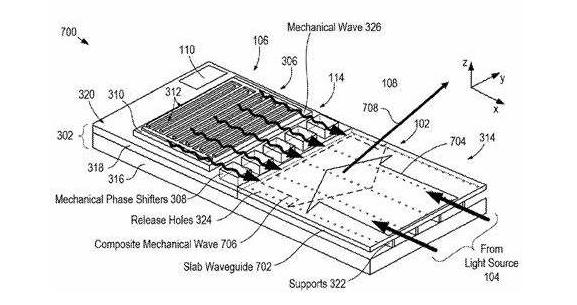
In military and aerospace applications, acousto-optic switches are integral for laser beam steering, targeting, and lidar systems. Their ability to modulate and redirect laser beams quickly and accurately makes them suitable for use in laser rangefinders, missile guidance systems, and optical countermeasures. These systems benefit from the robustness and reliability of acousto-optic technology under harsh environmental conditions.
Generally speaking, acousto-optic switches and Q-switches are indispensable in modern technologies, offering unmatched speed, precision, and adaptability across a broad spectrum of high-performance applications.
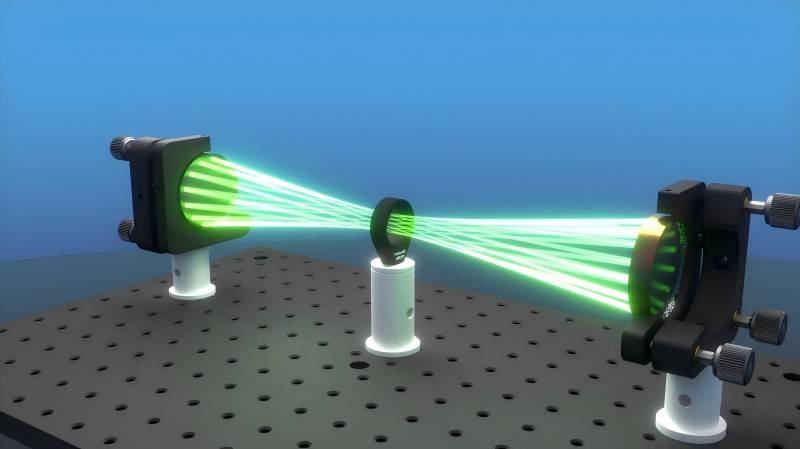
Acousto-optic switches, such as Q-switches, play an indispensable role in controlling laser beams with precise speed and accuracy, modulating, deflecting, and pulseing laser beams for industries spanning telecommunications to medical technology.
When purchasing high-quality acousto-optic switches or Q-switches for laser applications, make sure they match materials and designs optimized for their specific laser requirements. Should any assistance be required, please feel free to reach out – our team would be glad to provide it.

